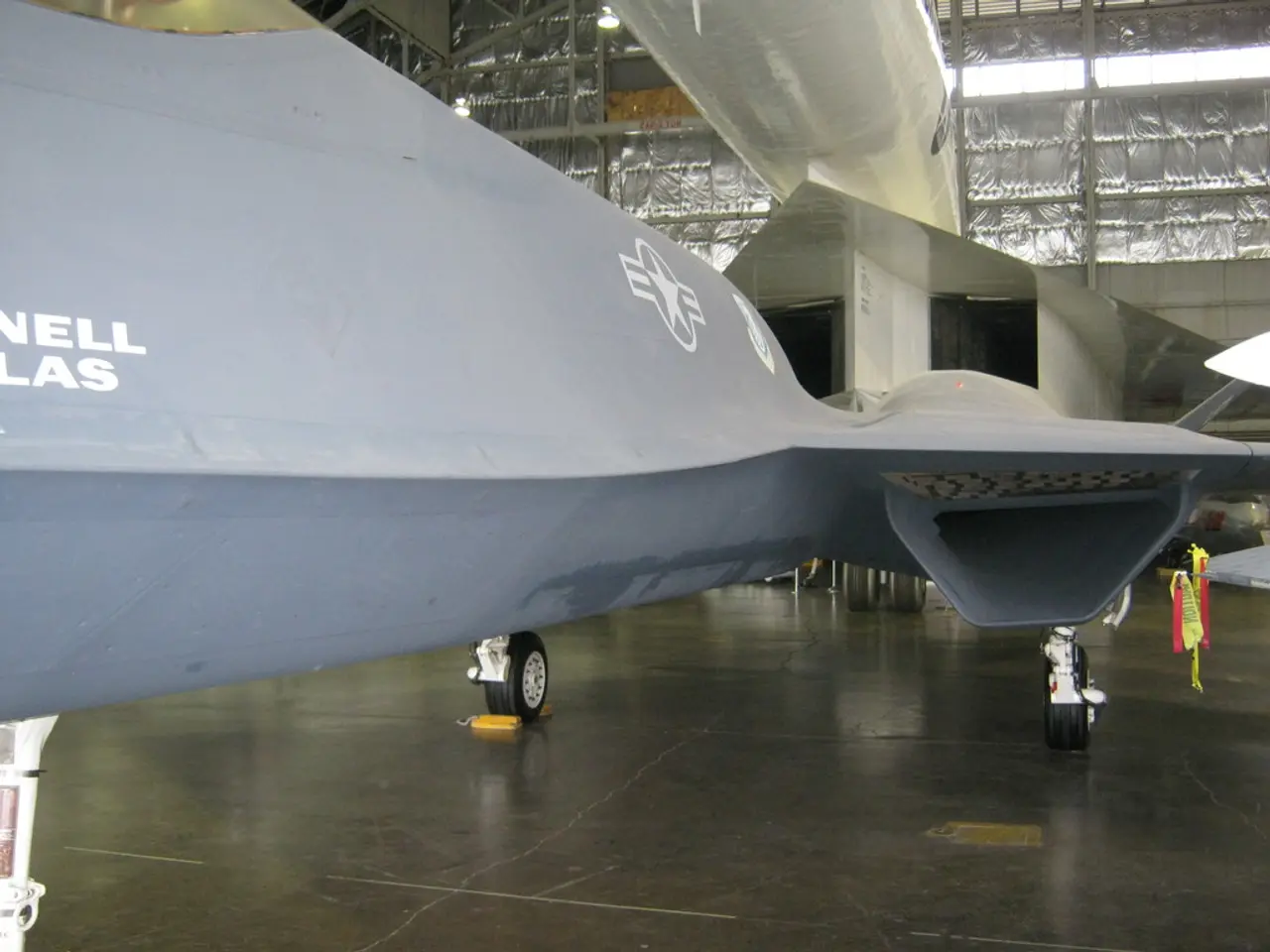Aerospace & Aviation Set for Strong Finish in 2025 as Boeing & Airbus Q3 Results Approach
The aerospace and aviation sectors are poised for a strong finish to 2025, as investors anticipate third-quarter results from Boeing and Airbus on October 29. Positive trends and robust earnings reports from major players have set an optimistic tone for the industry.
Key players in the aerospace sector have reported encouraging results for the third quarter. General Electric's aviation division benefited from increased jet engine production and services volume, while RTX Corporation saw a 12% sales growth, driven by improving supply chain conditions and steady defense contracts. Meanwhile, Honeywell reported a 7% year-over-year increase in sales, with continued momentum in its aerospace and industrial automation segments. Major airlines also shared positive news. American Airlines reaffirmed its fourth-quarter guidance and reported strong advance bookings for the holiday travel season. Alaska Air Group posted a 23% increase in revenue, while United Airlines saw a 2.6% rise in revenue and healthy international travel demand. Tesla and Intel published their Q3 results, with Tesla reporting record revenue but missing earnings per share estimates, and Intel showing a slight revenue increase and positive investor response. Overall, the US stock markets experienced a notable recovery and strong gains in Q3 2025, supported by easing trade tensions and positive earnings reports.
As the aerospace industry enters the final quarter of 2025, investors await Boeing and Airbus' third-quarter results with optimism. Positive trends, robust earnings, and strong market performance indicate a healthy sector, buoyed by easing component shortages, improved aircraft delivery schedules, and continued investment in efficiency and technology.





